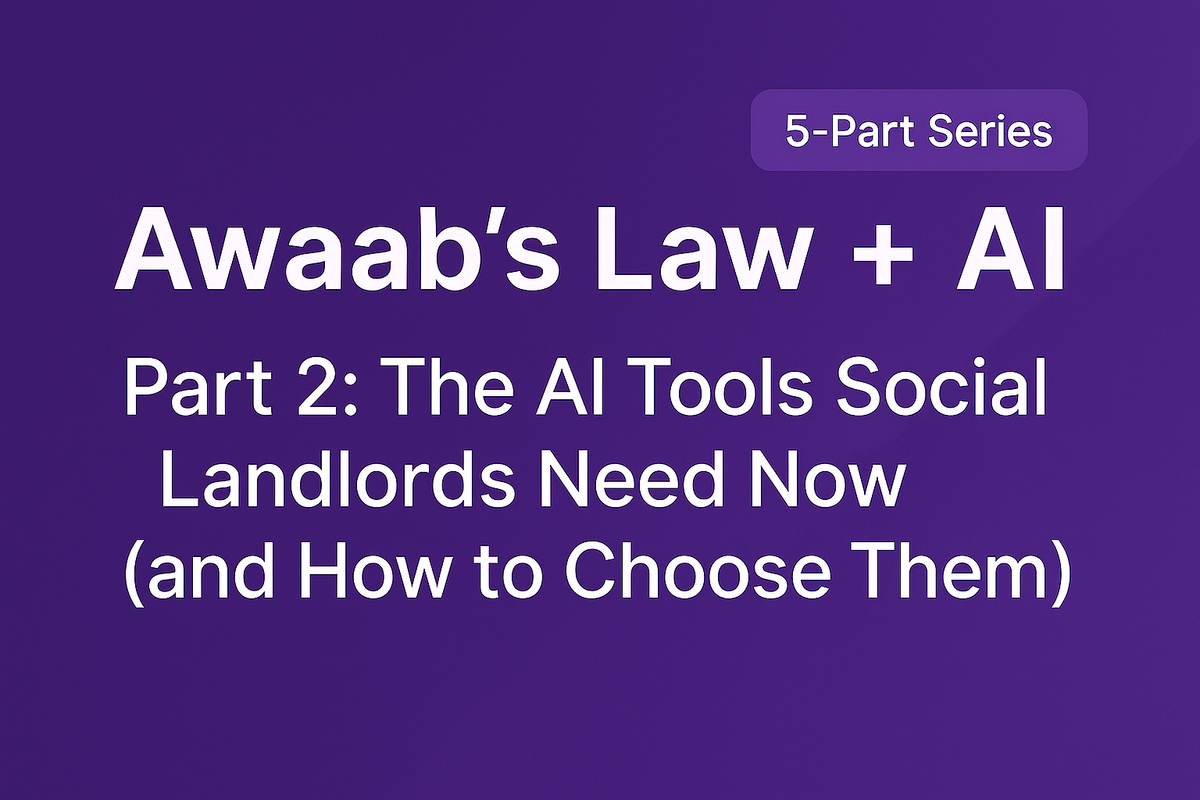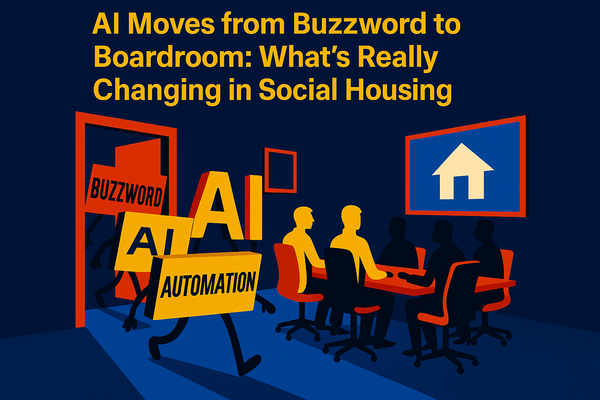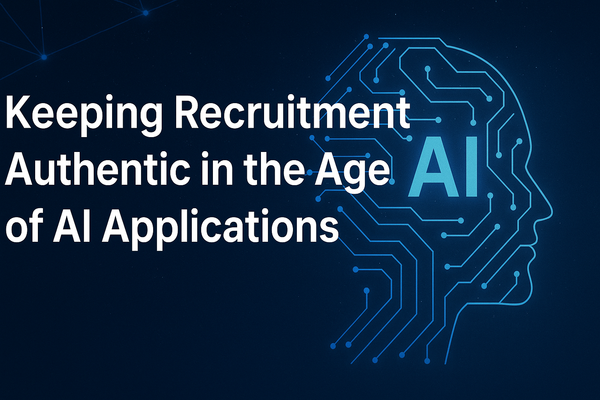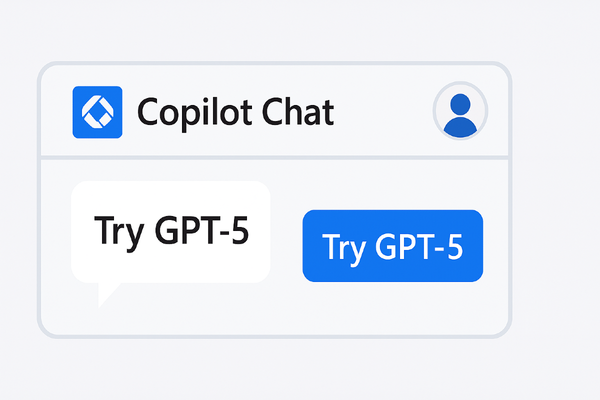Housing25 Special Series: Awaab’s Law + AI

Part 2: The AI Tools Social Landlords Need Now (and How to Choose Them)
Damp and mould complaints in social housing have surged to their highest levels in years, with 7% of social homes affected in 2023-24—a three-point jump since 20191. The tragic death of Awaab Ishak in 2020, and the subsequent Awaab’s Law, have made it clear: the sector must move from reactive to proactive, auditable compliance. With the phased rollout of Awaab’s Law from October 2025, the pressure is on to deliver rapid, defensible action—especially as the Ombudsman continues to highlight inspection failures and poor communication as root causes of tenant harm.
AI is no longer a future aspiration. It’s a practical necessity.
Awaab’s Law: What’s Changing, and When?
- From October 2025 (Phase 1):
- All social landlords must investigate and fix dangerous damp and mould hazards—those posing significant risk—within government-set timeframes (final details due in secondary legislation).
- Emergency repairs (including for damp/mould) must be started within 24 hours.
- 2026 (Phase 2):
- Law expands to cover additional hazards: excess cold/heat, falls, structural collapse, fire, electrical, explosions, hygiene hazards.
- 2027 (Phase 3):
- All remaining hazards under the Housing Health and Safety Rating System (England) Regulations 2005 (except overcrowding) come under scope.
Key Point:
Precise timelines for non-emergency damp/mould repairs are expected to be: investigation within 10 working days, written summary to tenants within 3 working days, works started within 5 working days of investigation conclusion, and completed within a “reasonable period” (up to 12 weeks in complex cases).
AI Tools: What’s Available, and What Do They Actually Do?
1. Detection & Diagnosis
- Mobysoft RepairSense:
Uses AI to analyse millions of historic repair records, flagging properties at risk of damp or mould before complaints arise. - BuildEco AI-DOMP (with Leeds Beckett):
AI-guided diagnostics for retrofit and design, pinpointing root causes of mould at the structural level. - University of Salford AI Pilot (IntelOptic app):
Peer-reviewed research shows machine learning can detect damp and mould from property photos with 76% accuracy—reducing the need for time-consuming inspections and enabling early, targeted intervention56.
Note: This is currently in pilot/early rollout.
2. Scheduling & Compliance Monitoring
- NEC Housing Software:
Predictive analytics and automated job scheduling ensure repairs start before statutory deadlines. - Plentific Compliance Tracker:
Centralises contractor management and SLA monitoring, supporting compliance when outsourcing damp repairs.
3. Real-Time Monitoring & Environmental Sensors
- Aico HomeLINK:
IoT sensors (humidity, temperature, CO₂) plus AI analytics deliver real-time alerts for environmental risks. - Switchee:
Smart thermostats collect behavioural and environmental data, flagging homes at risk of condensation or mould and supporting fuel poverty reduction.
4. Tenant-Facing Tech
- Rant & Rave / NLP Chatbots:
AI analyses tenant sentiment and keywords, escalating damp-related complaints for faster action. - HelloLampPost:
Interactive AI for neighbourhood engagement, encouraging early reporting through mobile conversations.
How to Choose the Right AI Tool
Regulators and Ombudsman expect:
- Seamless integration with your existing asset and repairs systems.
- Clear, auditable outputs—data that stands up to regulatory scrutiny and supports defensible decisions.
- Bias awareness: Algorithms must be tested on diverse housing stock to avoid unfair outcomes.
- Supplier support: Look for robust onboarding, training, and ongoing help.
- Tenant outcomes focus: Solutions must improve resident safety and well-being, not just tick compliance boxes.
Pro Tip:
Start with one or two high-impact use cases (like identifying high-risk homes or triaging complaints), then expand as your data quality and confidence grow.
Why This Matters—Now
- Complaint rates are rising: 7% of social homes had damp in 2023-24, the highest in a decade1.
- Ombudsman scrutiny is intensifying: Common failings include missed or incomplete inspections, poor communication, and fragmented knowledge management.
- AI is delivering real results: Early pilots (like Salford’s) are already reducing inspection workloads and enabling earlier, smarter interventions.
In Summary:
AI is the sector’s critical enabler for Awaab’s Law compliance.
Choose tools that are transparent, auditable, and proven in real-world settings. Layer in robust data, focus on tenant outcomes, and ensure every decision can be defended, because the stakes for residents and landlords alike have never been higher.
Next in the Series: Making the Business Case for AI Investment—framing ROI, cost-avoidance, and regulatory risk for your board.
📚 Previously in This Series:





